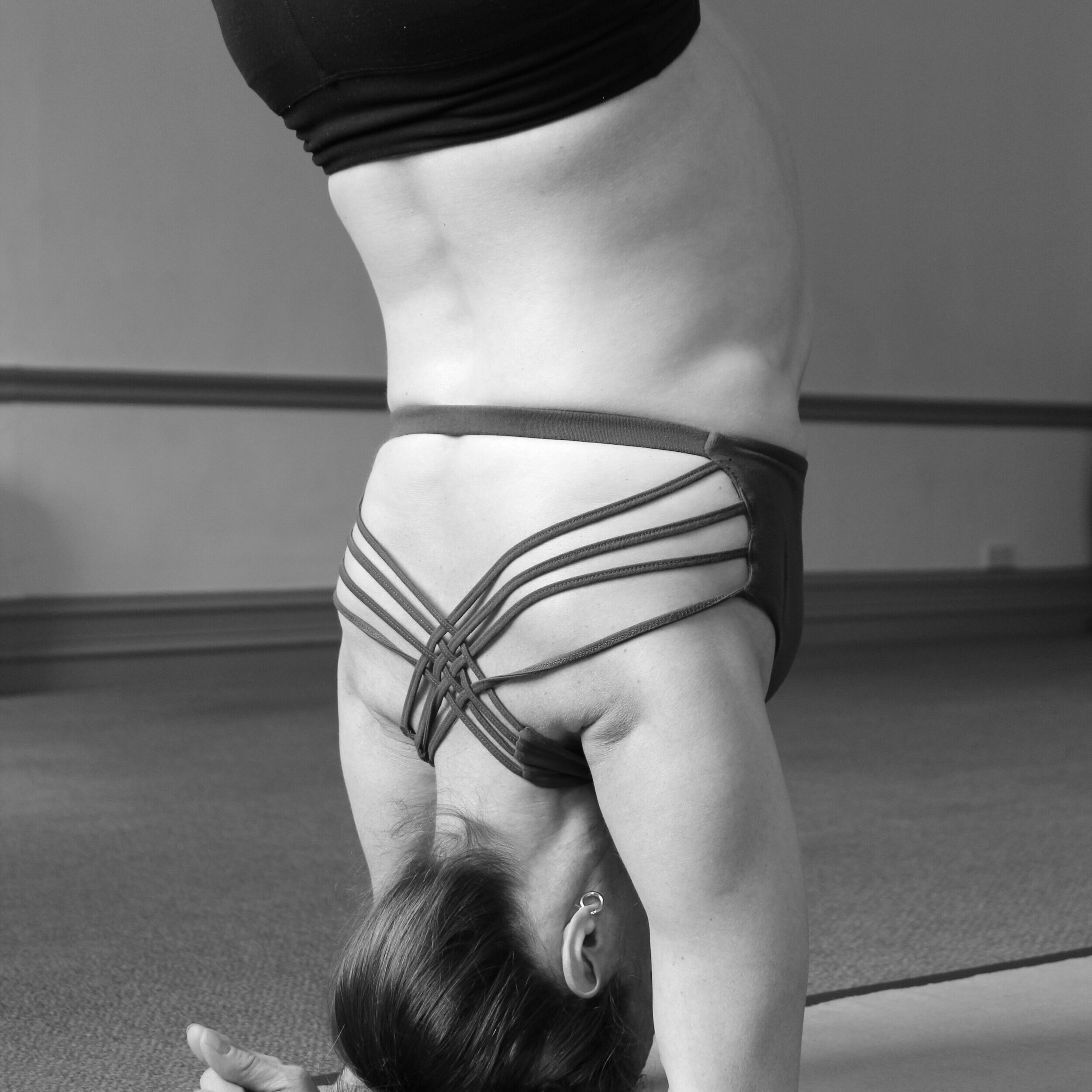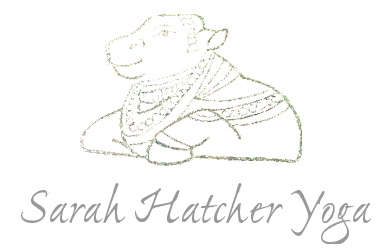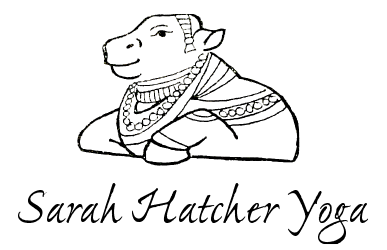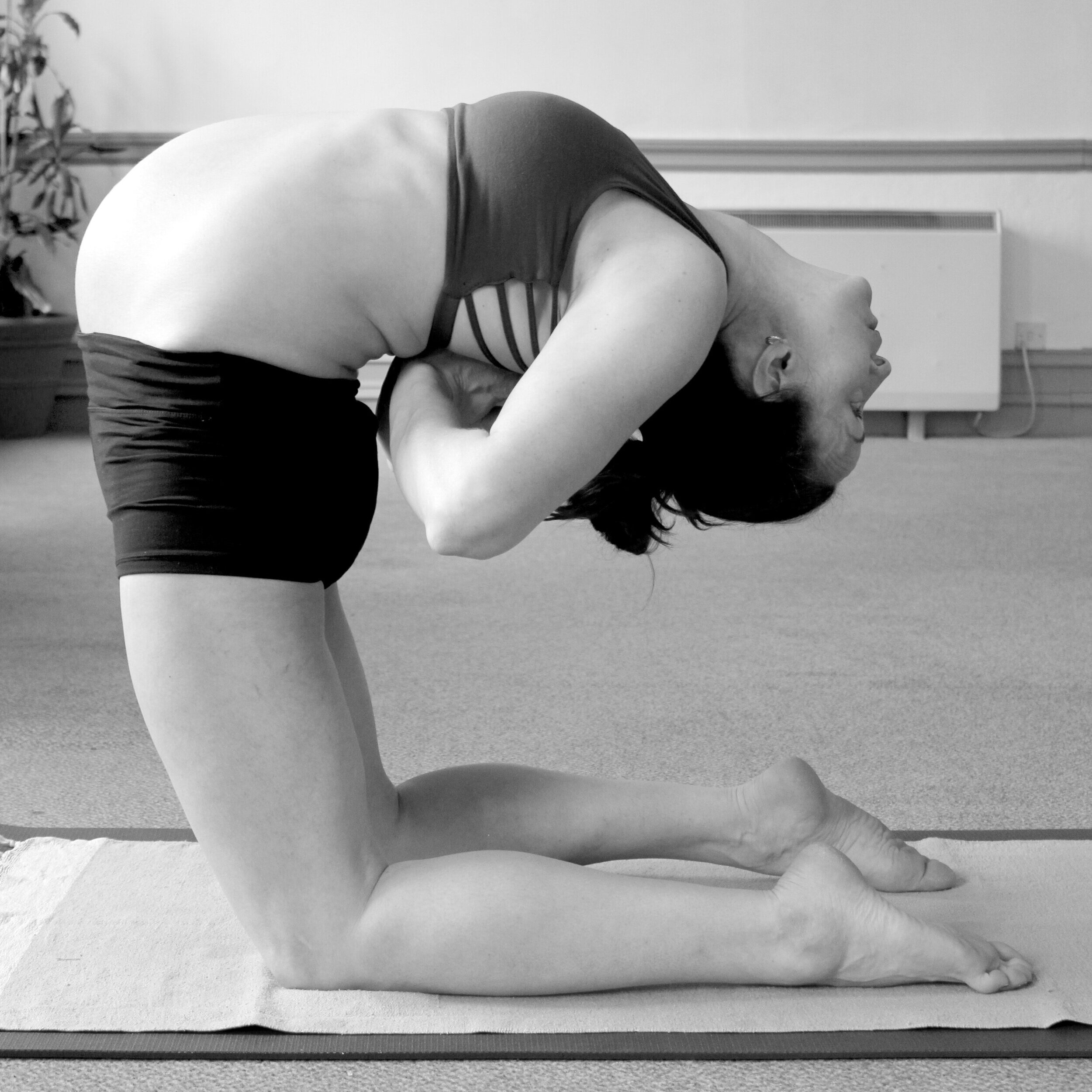
Sarah is passionate about sharing her love of the practice of ashtanga yoga. Read Sarah's blog, "Ashtanga Yogini on the Move” where you can learn more about her practice, her teachings and read poems and stories of practice on and off the mat.
Practicing with Discernment

Why I Need a Yoga Community
Sarah writes about how joining a community of yogis - whether in-shala or online will support your practice of ashtanga yoga.
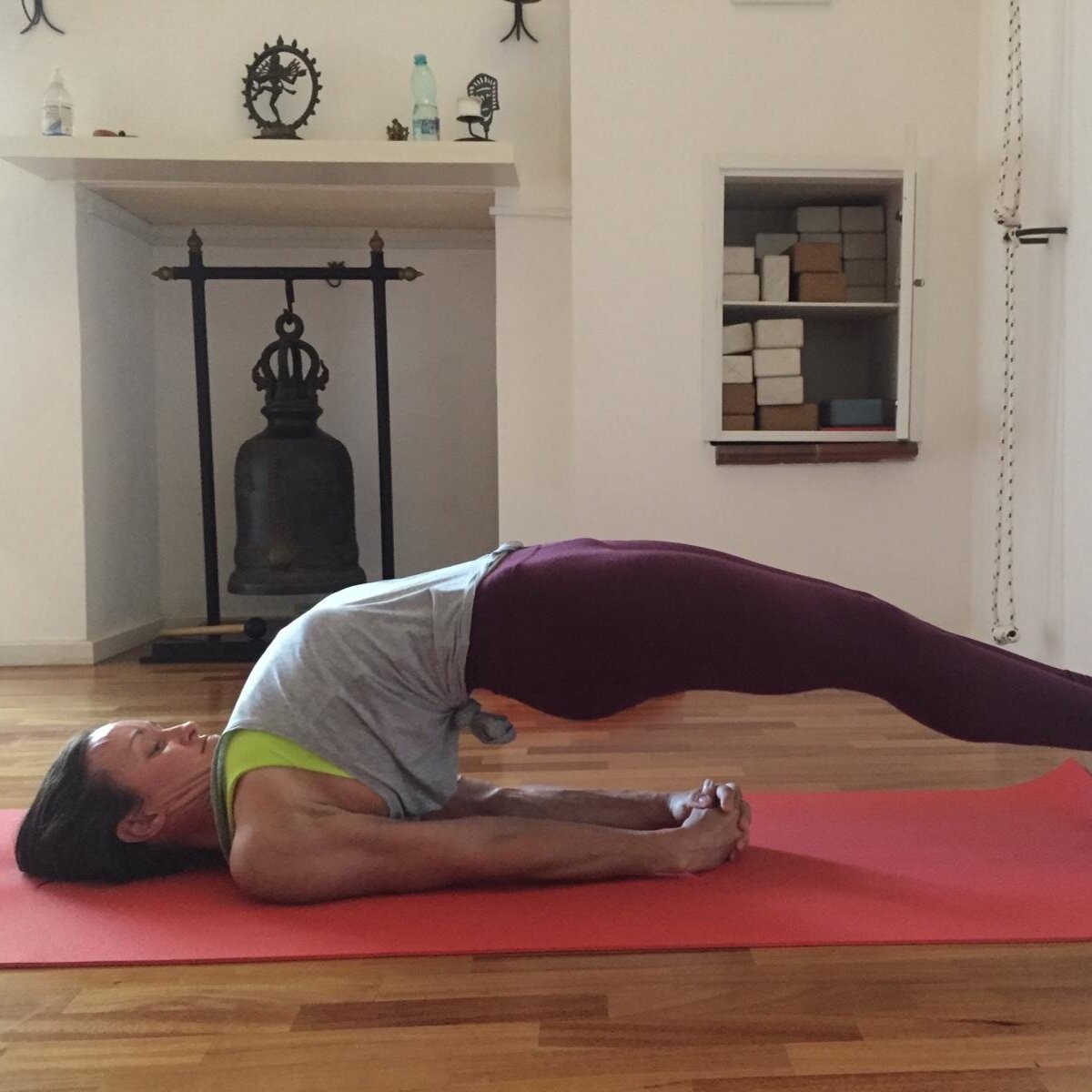
Non-Attachment and Parenthood
“When I begin my practice, the breath starts the show. I watch and listen to the secrets of the bandhas and the breath and I notice how my thoughts support this orchestra. I slowly wake up my internal world and begin to watch and pray to my outer world. Most important, I am filled with gratitude each and every time I get on the mat, not expecting anything other than being present in what takes shape”
Sarah shares how becoming a parent has changed her practice and how it has revealed much more about herself, than any yoga practice has.

September Newsletter: the Pulse of the Practice
Sarah Durney Hatcher shares a little about coming back to a practice when one has taken a break...what gets us returning to our mats? It is the pulse of the practice, that healthy memory of wellness and health that often gets us back on track...
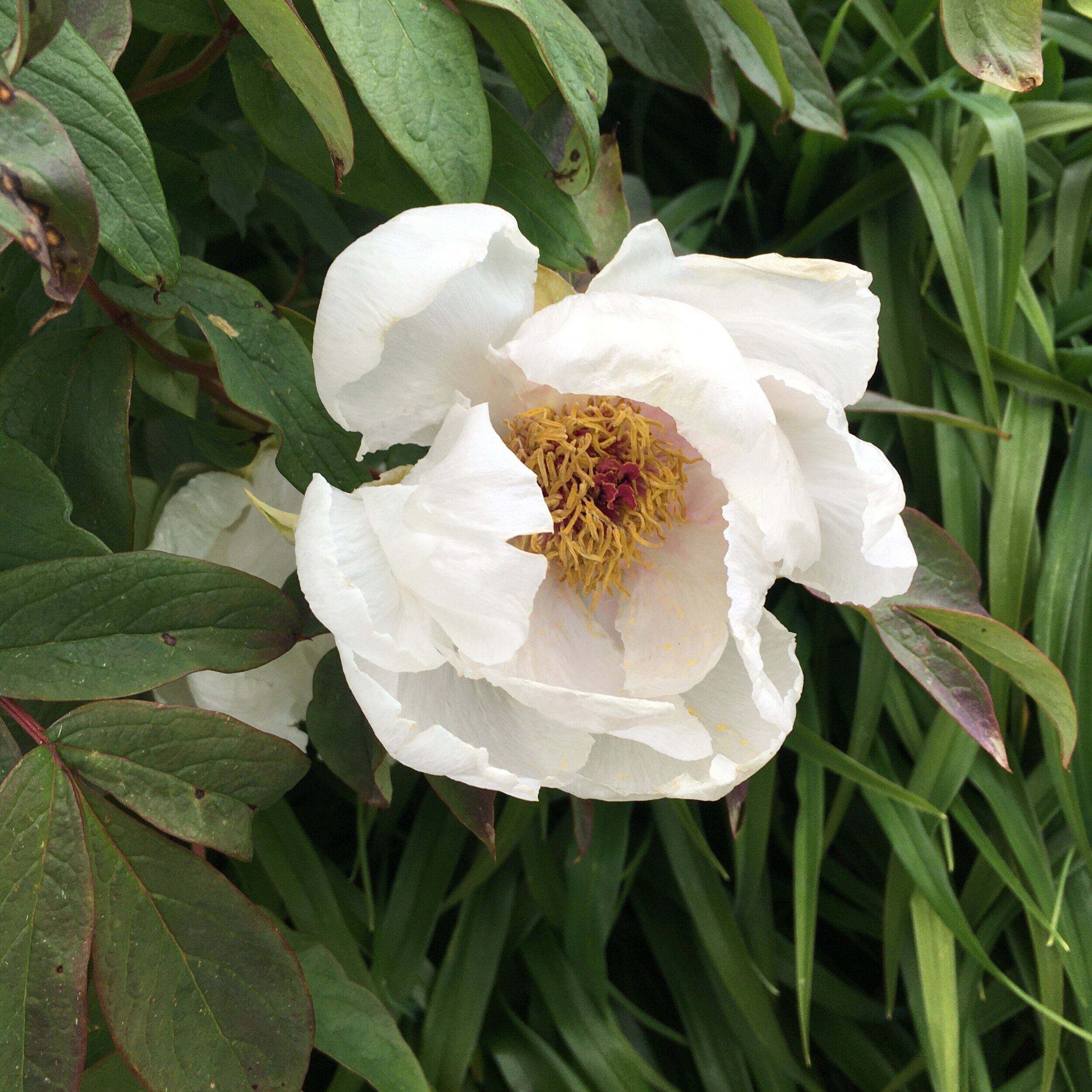
Your living breathing Practice
If your practice was living being, how old would it live to be?
Are you a practitioner that has a ten-year practice burning at both ends? Are you firing away at it every day till it comes to a stop like an old car making noises when it is parked? Or are you smoothing out your practices daily, making them last a long time, and finishing each practice with ease and restoration?

Finding Yoga in a Bookstore

Home Practice: how to practice safely and effective on your own
Sarah shares how to establish a healthy and effective home yoga practice.

Trash talking your Practice
Sarah writes about what happens when we forget why we started yoga in the first place: we either trash talk it and break it down or we quit altogether. "Today I want to share how a few of my friends have just stopped practicing entirely this past year - full stop as they have had enough with the intensity of a regular practice."
BlogLovin'
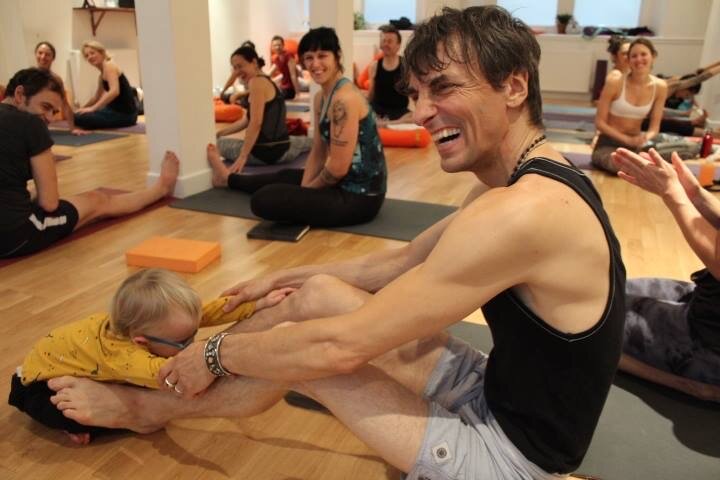
Finding Truth
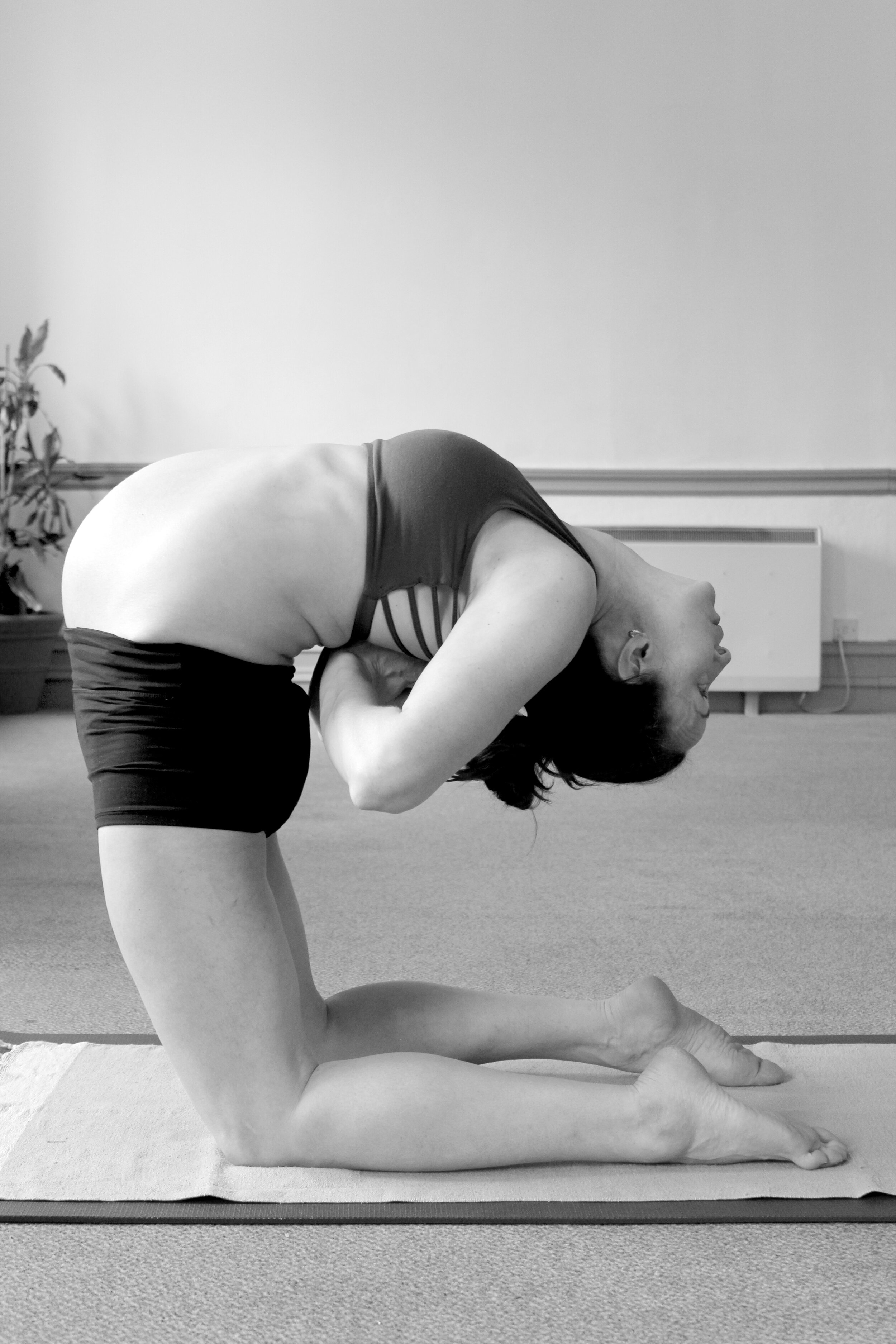
Pregnancy and Ashtanga Yoga
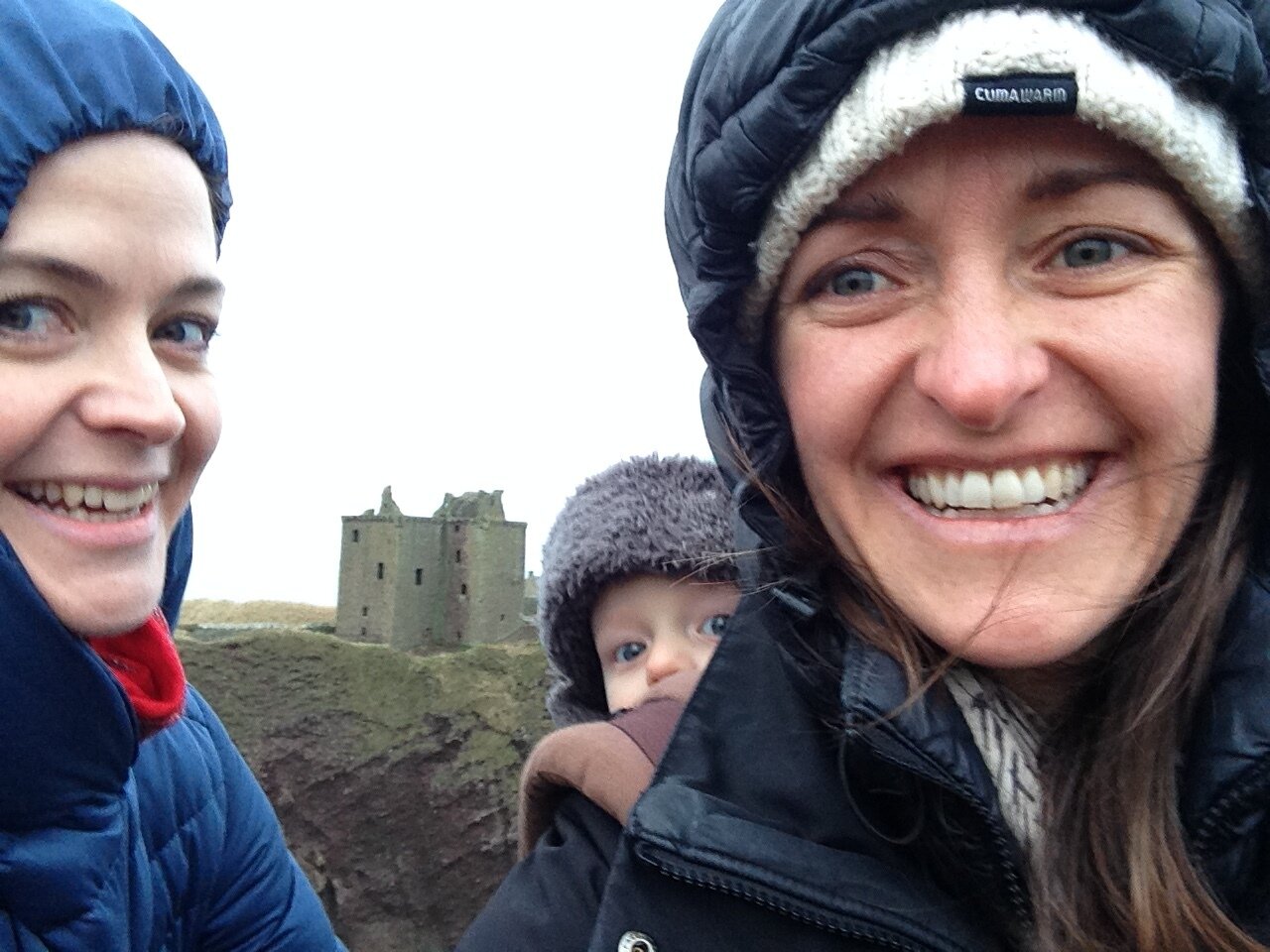
Chanting: Why do it?
Sarah writes about how to start a chanting practice, 2016.
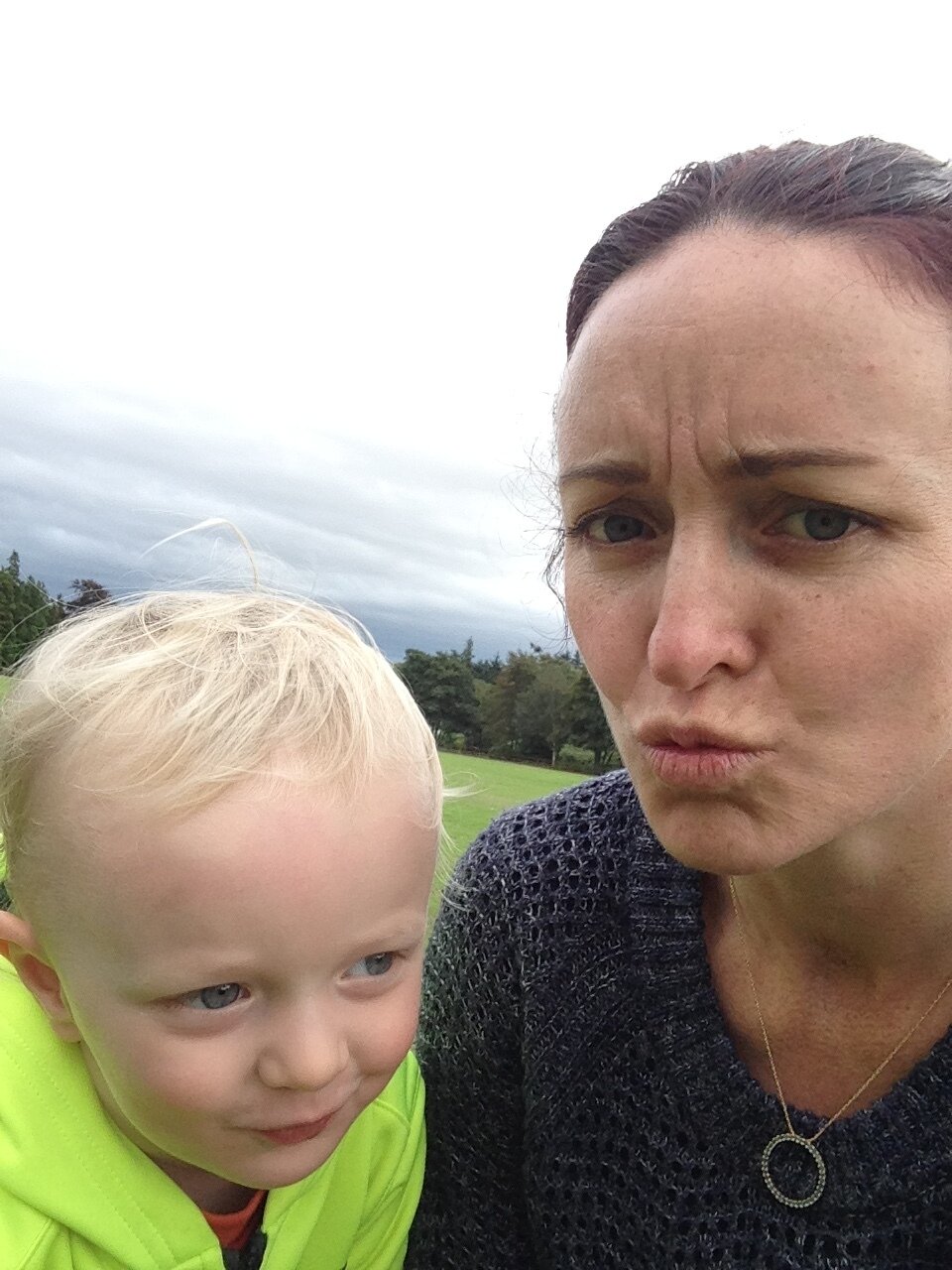
Daily Practical Practice
Sarah offers a detailed prescription on how to take daily practice. Purposeful practice, one that is varied and changes from day to day. The guidelines shared are from Sarah’s experience of practicing for the past twenty years.
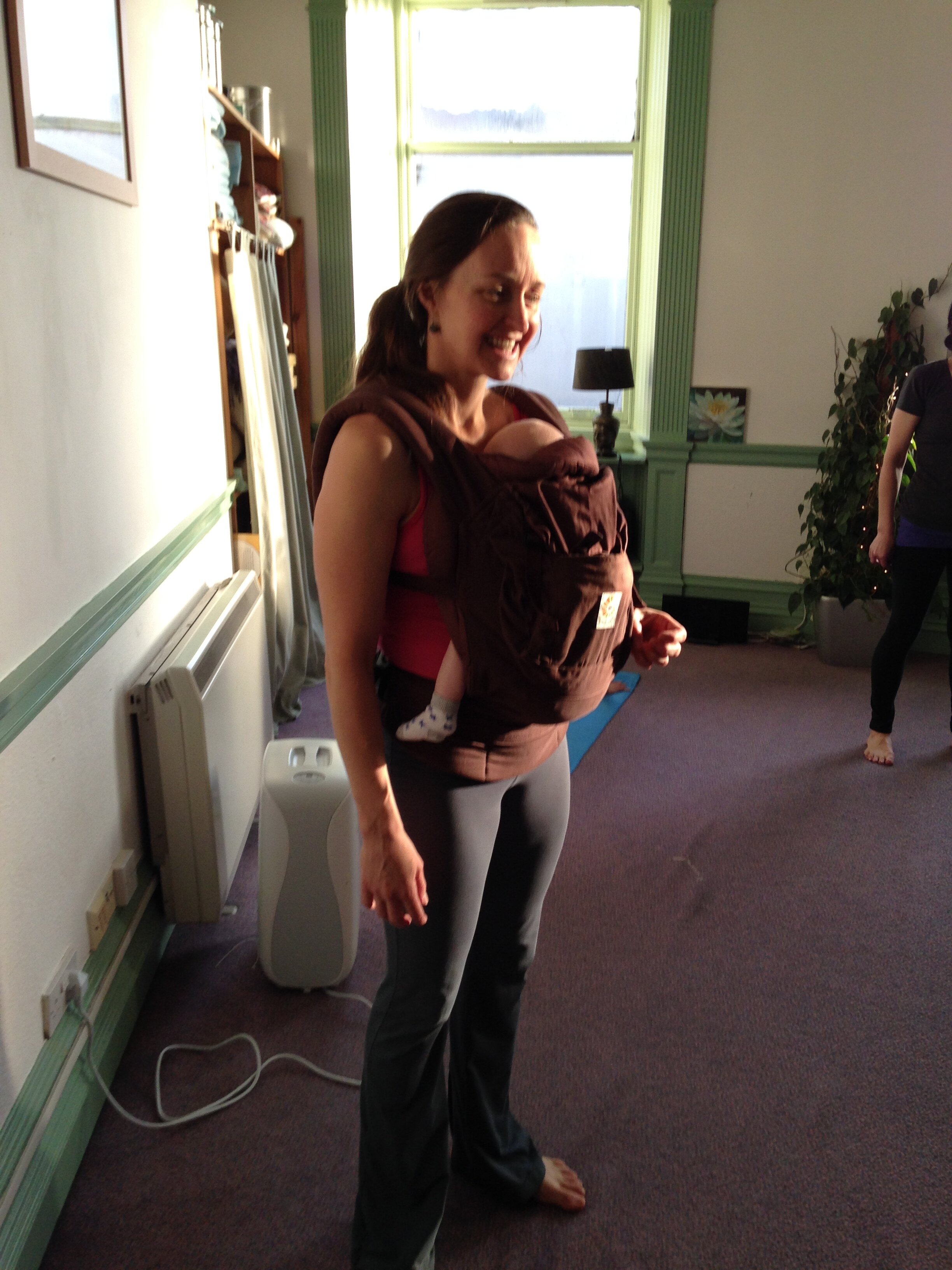
Three Easy Practice Rules Post Baby or Post Break
Sarah shares what to expect post baby and how to get back on the mat safely. She details specific asanas to practice and work on to build the strength and stamina, health and mental wellness back after childbirth.
